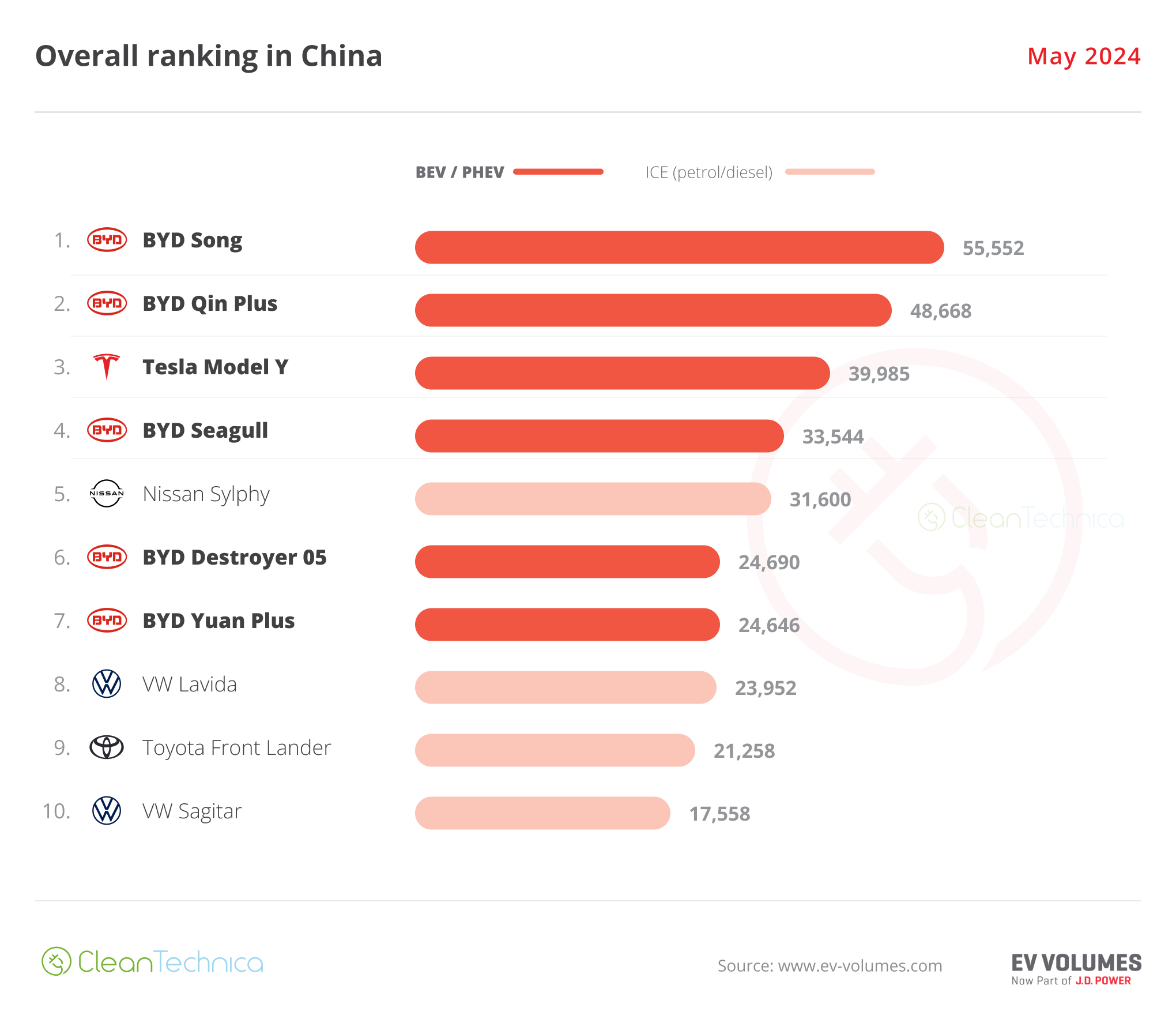People in the United Kingdom engage with the arts on a massive scale. A 2023 survey by DCMS found that some 91 percent of UK adults had done so at least once, in one way or another, during the previous 12 months. Seventy-four percent had attended an arts event such as an exhibition or a theatre performance, for example. (The sidebar “Mass engagement” gives a more detailed breakdown.)
Such figures attest to the intrinsic value of the arts. People engage with them because of their ability to entertain, stimulate the senses, and trigger a wide range of emotional responses, from enjoyment and awe to anger and fear. This is the basic premise of art and the primary benefit of engagement.
Recently, the London School of Economics (LSE) conducted a survey asking participants to rank 42 different activities by the relative perceived value they contributed to the participants’ lives. The LSE equated this value with the degree of happiness these activities confer. Being sick in bed, queueing, and commuting were among those with a high negative value. Attending the theatre, singing, and visiting museums were among the most positively valued—second only to sports and intimacy.
The LSE’s happiness factor is one way of measuring the intrinsic aesthetic value of engagement with the arts. But engagement with the arts has broader impact, which can be measured in three ways (Exhibit 1):
- the impact of the arts on the UK economy—the value of the goods and services the arts sector produces and the number of businesses and jobs it supports
- the impact of the arts on the lives of individuals by helping them to develop new skills or to improve their wellbeing and health
- the impact of the arts on communities: encouraging sociable behaviour, contributing to the attractiveness of local communities, and stimulating discourse

Indeed, the impact of the sector extends beyond even this. It is vital to the creative industries, for example, and contributes significantly to many other sectors of the economy. This indirect impact is explored later in the report.
Direct impact on the UK economy
Many UK arts organisations are not-for-profits: all national museums, for example, must provide free access to all visitors. Yet the arts sector makes a significant direct economic contribution to the UK economy, as measured by the economic activity of the 139,000 enterprises active in the sector in 2022. About half were creators, distributors, promoters, or arts educators. The other half were suppliers of products and services.
The 139,000 enterprises come in many sizes. Ninety-five percent are classified as sole traders or as small enterprises with no more than nine employees. The remaining 5 percent are large (Exhibit 2). The British Broadcasting Corporation (BBC), for example, has nine production bases across the United Kingdom. According to the BBC’s 2022–23 report, it is the single biggest employer of musicians in the United Kingdom and the country’s single biggest commissioner of new music works, both in number and the amount of money involved.

In all, the arts employ some 620,000 people. One-third of them are suppliers. A further 350,000 people in the sector are self-employed, for a total of 970,000 (Exhibit 3). The proportion of self-employed workers is high compared with other sectors in the UK economy. So is the proportion of part-time workers (see sidebar “Comparison with other sectors”).

Note that the sector’s 139,000 enterprises do not include voluntary leisure-based arts organisations, including leisure-based choirs and theatres and (for example) sculpting and painting classes. The United Kingdom has some 63,000 such organisations, many run by volunteers.
The total revenues of arts enterprises reached £140 billion in 2022, 40 percent of it generated by suppliers of products and services. This translated into a total gross value added (GVA)—a measure of the value to the economy of the goods and services a sector produces—of £49 billion, including the £20 billion contribution by suppliers. That equals 2.2 percent of the national GVA. To put this sum in context, it’s similar to the GVA of the food and beverage services sector and 50 percent bigger than the GVA of the telecommunications industry (Exhibit 4).

Direct impact on individuals
The number of individuals who engage with the arts attests to their value as a source of entertainment and emotional stimulation. Beyond this, however, engagement with the arts can also have two tangible positive impacts on the lives of individuals: improving their skills and educational outcomes and improving their wellbeing and health.
Direct impact on communities
Engagement with the arts can have a positive impact on local communities and on the wider society in three ways: by encouraging sociable behaviour, making local communities more attractive places to live, and stimulating discourse.
Read the next chapter: Five connections that underpin the impact of the UK arts sector.




